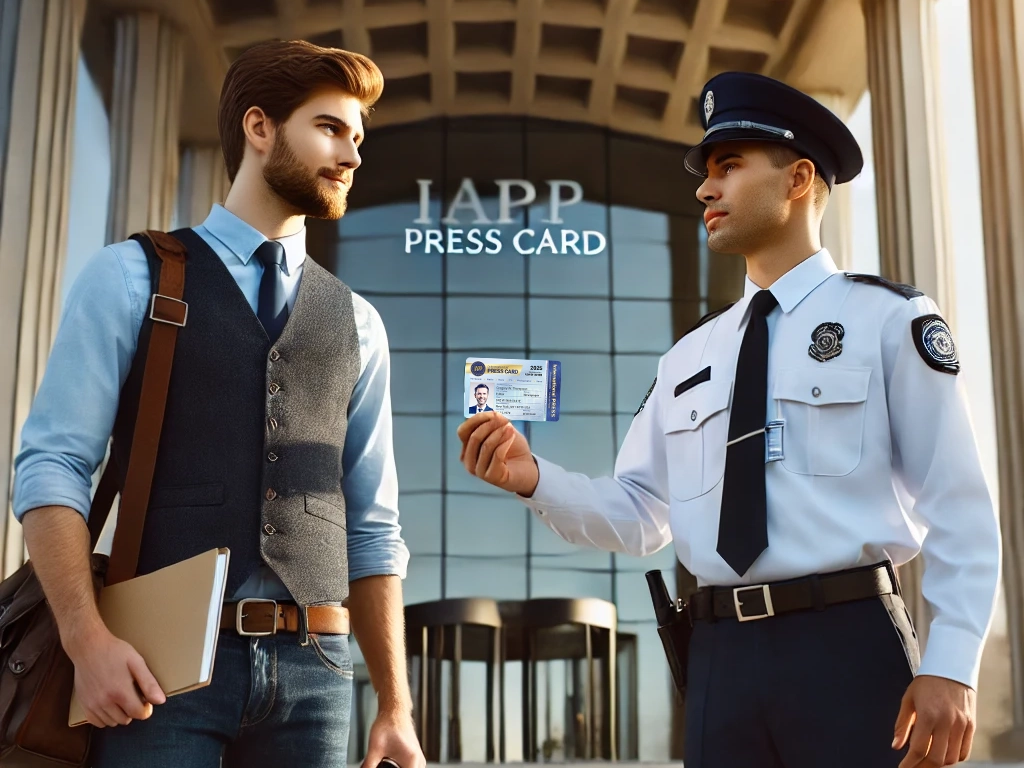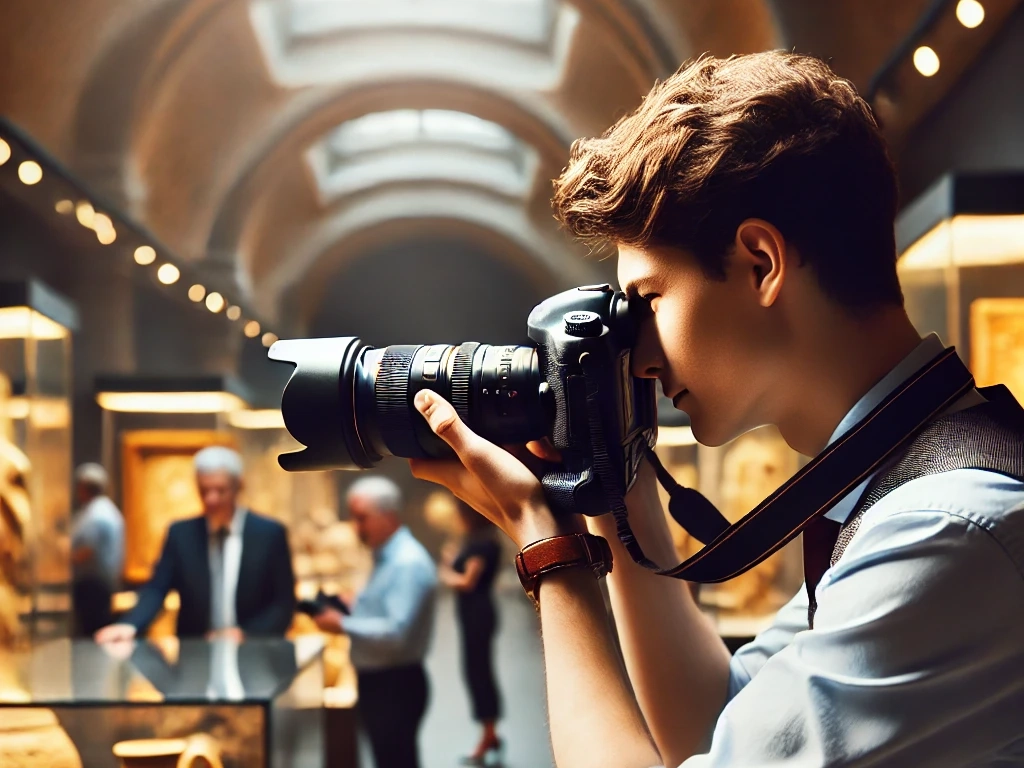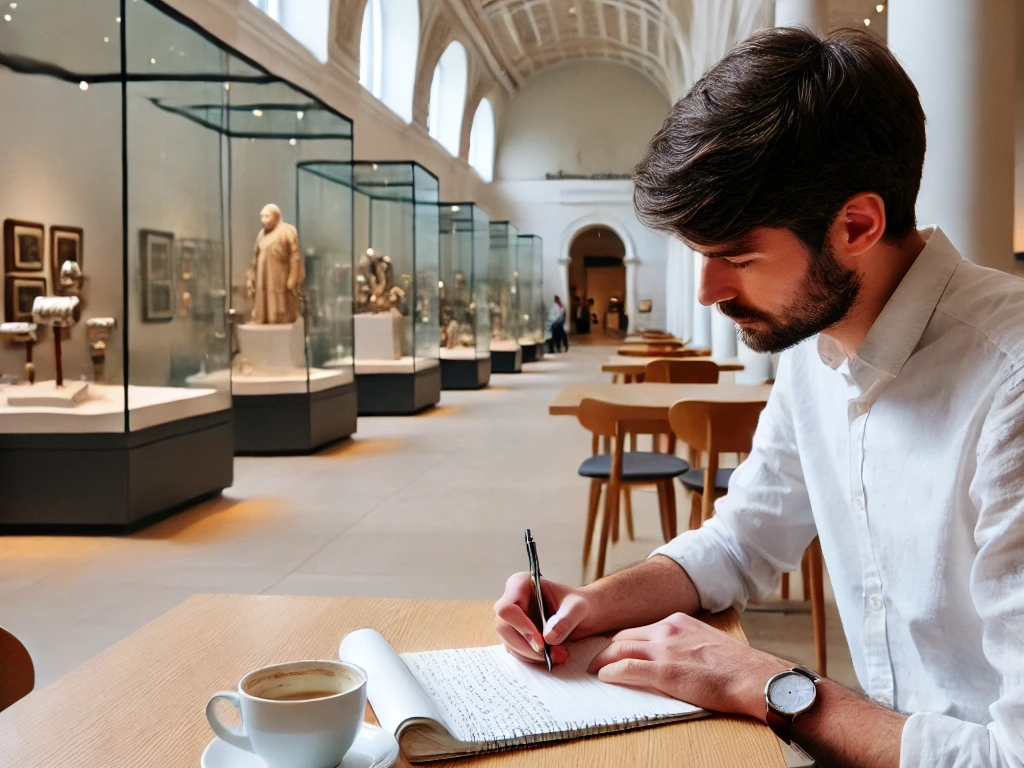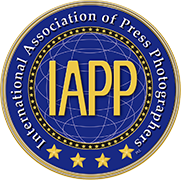The International Association of Press Photographers (IAPP) Press Card is a highly respected credential that enables journalists and photojournalists to gain access to museums, galleries, and other public institutions worldwide. However, gaining entry and making the most of the access granted by the card requires not only the proper use of credentials but also professional behavior and effective communication. This article provides an in-depth guide to help journalists navigate interactions with security staff, admissions personnel, and institutional representatives, ensuring smooth access and a productive experience.
1. Understanding the Role of the IAPP Press Card
The IAPP Press Card is a symbol of credibility, professionalism, and a commitment to ethical journalism. It assures institutions that the cardholder is a legitimate journalist with a professional purpose. To maximize the card’s potential, journalists should familiarize themselves with its benefits and limitations.
Key Benefits
Recognition in numerous countries and institutions as an official press credential. Entry to media events, exhibitions, and cultural sites. Enhanced credibility when approaching security and admissions staff. However, not all institutions may be familiar with the IAPP Press Card, making effective communication critical.
2. Preparing for a Successful Visit
Research Before Arrival
Preparation begins long before arriving at the venue. Conducting thorough research ensures you are informed and ready to handle any situation.
Understand Policies: Visit the institution’s website to check their policies on media access, photography, and interviews. Identify Contacts: Note the contact details for the institution’s press office or media relations team. Special Events: Look for upcoming events or exhibitions that may require special permissions or early registration.
Scheduling Your Visit
Whenever possible, schedule your visit in advance. Contact the institution’s media or PR department via email or phone to introduce yourself as an IAPP member. Explain your purpose, such as covering an exhibit or conducting interviews. Request any necessary permits or media passes. A polite, professional tone sets the right impression and increases the likelihood of a positive response.
3. First Impressions: Communicating with Security and Admissions Staff
Be Polite and Professional
Security and admissions personnel are the first point of contact at most institutions. A courteous and professional demeanor can make a significant difference in how your request is handled.
Smile and Greet: Begin with a friendly “Good morning/afternoon” to set a positive tone. Introduce Yourself: Clearly state your name, role, and affiliation with the IAPP. Present Your Press Card: Hand over your IAPP Press Card confidently, ensuring it is visible and in good condition.

What to Say
Here’s an example of how to approach security or admissions staff: “Good afternoon, my name is [Your Name], and I’m a journalist with the International Association of Press Photographers. I’m here to cover [specific event or exhibit]. Here is my press card for identification.”
Addressing Concerns
If the staff seems uncertain about the IAPP Press Card: Calmly explain its international recognition and purpose. Offer additional documentation, such as a letter of assignment or samples of your published work. Politely request to speak with a supervisor or the media relations team if needed.
4. Navigating Challenges with Security and Admissions
Despite preparation, misunderstandings can occur. How you handle these situations reflects your professionalism.
Dealing with Denied Access
If access is denied, stay calm and respectful; avoid arguing or raising your voice. Politely ask for clarification: “I understand there may be concerns. Could you help me understand the issue?” Offer to contact the institution’s media office or provide additional proof of your credentials.
Building Trust with Security Staff
Security personnel prioritize the safety and rules of the institution. Demonstrating understanding and respect for their role can build trust. Acknowledge their responsibilities: “I appreciate your efforts to maintain order here.” Follow instructions without hesitation, such as bag checks or restricted area policies.

5. Communicating Effectively with Admission Representatives
Admission staff are often focused on visitor management but may lack detailed knowledge of press protocols. Adjust your communication style accordingly.
Clear and Concise Communication
Keep your explanation straightforward: “I am here as a journalist to cover [specific topic]. My press card is issued by the IAPP, an internationally recognized organization for professional photographers and journalists.”
Offering Additional Context
Provide a brief explanation of your purpose to make your intentions clear. Explain how your work will benefit the institution, such as promoting their exhibit. Mention if your article or photo series will appear in a respected publication or platform.
Requesting Additional Access
If you require access to restricted areas or special exhibits, ask politely: “Would it be possible to arrange access to [specific area] for my coverage?” Explain the value of the access: “Photographs of this section would enhance my feature on [topic].”
6. Building Positive Relationships with Institutional Staff
Developing a good rapport with staff can lead to smoother access and future opportunities.
Tips for Relationship-Building
Express Gratitude: Thank staff members for their assistance, whether it’s guiding you to an exhibit or granting access. Follow Up: After your visit, send a thank-you email to the media relations team or a staff member who was particularly helpful. Stay Professional: Avoid casual or overly familiar behavior; maintain a tone of respect and professionalism.
Leveraging Institutional Expertise
Curators and guides are invaluable sources of information. Engaging with them can add depth to your story. Ask thoughtful questions about the exhibits or the institution’s mission. Request permission to quote them in your article or use their insights for context.

7. Best Practices for Ethical Behavior
The credibility of your work and the IAPP depends on your adherence to ethical standards.
Respecting Institutional Rules
Photography Policies: Always confirm whether flash photography, tripods, or video recording are permitted. Restricted Areas: Respect barriers and signs indicating off-limits sections. Visitor Experience: Avoid disrupting other visitors while working.
Transparent Reporting
Clearly identify yourself as a journalist when interviewing staff or visitors. Seek permission before quoting or photographing individuals.
8. Enhancing Access Through IAPP Resources
The IAPP offers tools and support to help members gain access to institutions and conduct professional coverage.
Benefits of IAPP Membership
Access to a global network of journalists and institutions. Templates for professional communication, such as letters of assignment. Educational resources on navigating access and ethical reporting.

Using IAPP Support
If you encounter challenges, reach out to the IAPP for assistance. Their support team can provide advice or documentation to validate your credentials.
Conclusion: Mastering Museum and Institution Access with the IAPP Press Card
The IAPP Press Card is a valuable asset for journalists, but its effectiveness depends on how it is presented and used. By preparing thoroughly, communicating professionally with security and admissions staff, and adhering to ethical guidelines, you can gain access to museums and public institutions while upholding the highest standards of journalism. With the IAPP as your partner, the possibilities for impactful storytelling are limitless.

